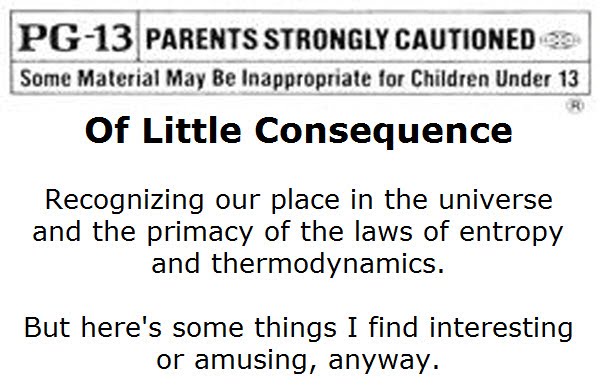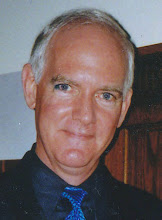A highly recomended book by Robert Oerter, paperback ISBN 0-452-28786
From the Introduction:
"There is a thory in in physics that explains, at the deepest level, nearly all the phenomena which rule our daily lives. It summarizes everything we know about the fundamental structure of matter and energy. It provides a detailed building block from which everything is made.It describes the reactions that powwer the sun and the interactions that cause fluorescent lights to glow.I explains the behavior of light, radio waves, and X rays.It has implications for our understanding of the very first moment's of our universe's existence,and for how matter itself came into being. It surpasses in precision, in universality, in the range of applicability from the very small to the astonomically large, every scientific theory that ever existed. This theory bears the unassuming name of "The Standard Model of Elementary Particles", or just the 'Stanbdard Model"...it is pehaps the pinnacle of human achievement to date. Some of the Theory' architects are perhaps more visible than the theory itself: the clownish iconoclast Richard Feymann, and the egotisitical polymath Murry Gell-Mann.
and other names, though are practically unkown outside specialist circles: Sin-Itiro Tomonaga, Julian Schwinger, Geoege Zweig, Abdus Salam, Sten Weinberg, Yuval Ne'eman, Shalon Glashow, Martin Veltman, Gerard t'Hooft. There is no solitary rejected genius, no genius - no Einstein working alone in the Patent Office, no theory springing full blown in existence overnight. Instead the Stanard Model was cobbled together by many brilliant minds over the course of nearly the whole of the twentieth century."
--from the Introduction
What is made much of, and what is so important, woven into the very fabric and frame work our of universe on so many levels: symmetry.
Yet the theory requires symmetty-breaking in very early universe, and gives us understanding of how all this 'IS' now...
The one thing -- the force that we feel every day even though it's about 10^38 (ten the the 38th power) weaker than the other forces -- gravity -- is not explained in the current version of the Standard Model. Various candidates exist to attempt to explain this and attempt to integrate their ideas and outright speculations into a more all-encompassing 'GUT' - Grand Unified Theory. This seem beyond humankind's reach at the present, although there are multiple competing 'string' theories and a promising theory of 'loop quantum gravity' -- we may not know the outcomes of these things in our lifetime.
Suggested:
"The Theory of Almost Everything", by Robert Oerter
"Not Even Wrong - he Failure of String Theory and the Search of Unity in Phyical Law:, by Peter Woit.
"The Second Creation: Makers of the Revolution in the Twentieth Century Physics" bu Robert P. Crease and Charles C. Mann
terrific -- bk.
Subscribe to:
Post Comments (Atom)


No comments:
Post a Comment